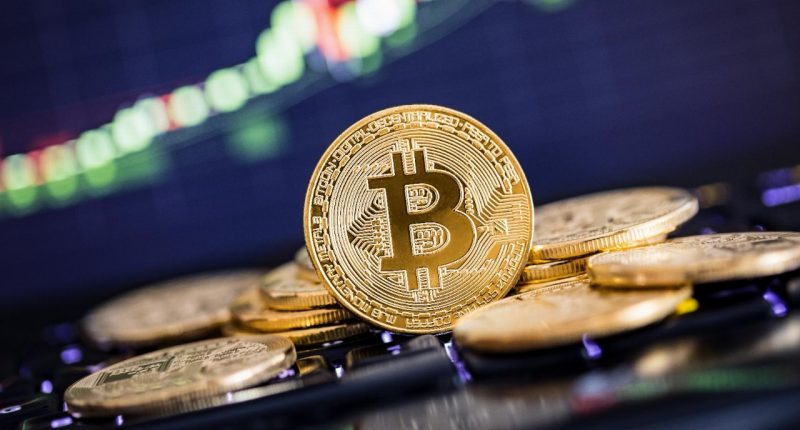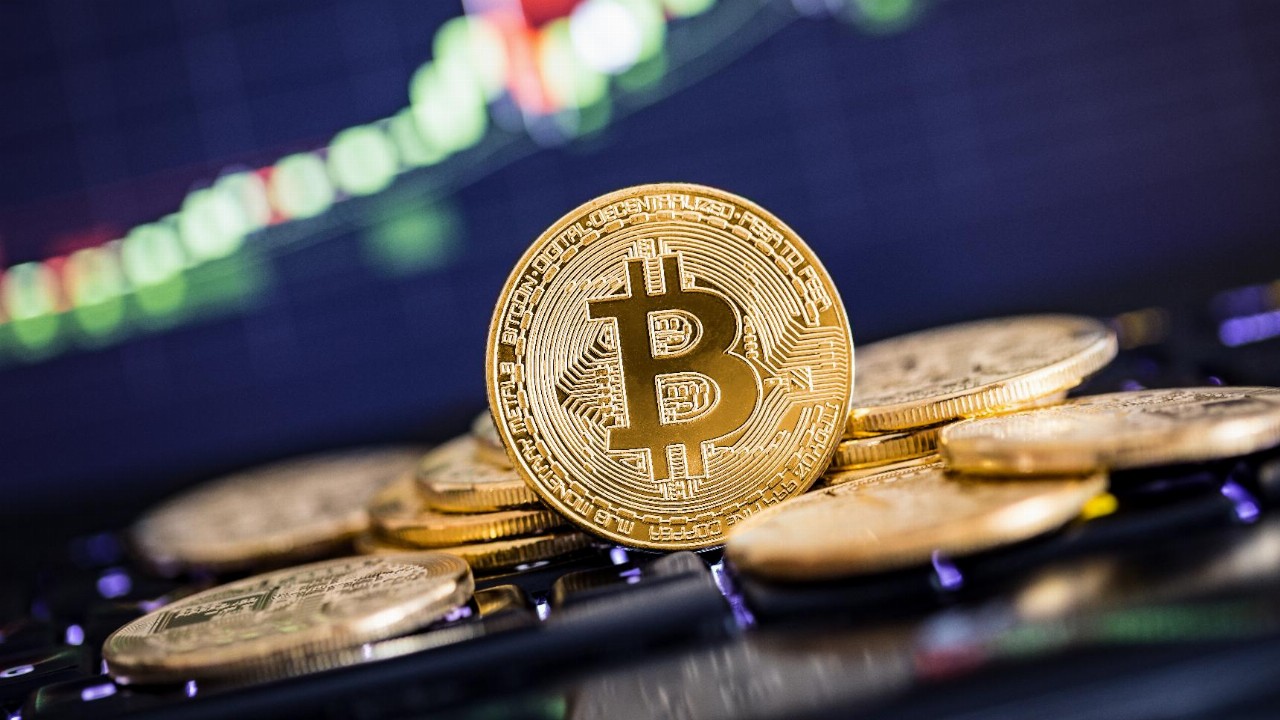- In its worst crash since March, Bitcoin fell more than 20 per cent on Monday from its recent high of almost US$42,000 (A$54,600)
- Ethereum also fell 12 per cent, and smaller coins like XRP and Litecoin each dropped around 18 per cent
- As a result, almost US$140 billion (A$182 billion) was shed from the collective cryptocurrency market cap, which tipped over US$1 trillion (A$1.3 trillion) for the first time last week
- The cause does not appear to be tied to a specific event, but rather simple profit-taking and financial gravity, along with the possibility of a second impeachment for U.S. President Donald Trump
- At the same time, the U.K.’s Financial Conduct Authority (FCA) published an unusual cautionary statement today, warning against the high-risk nature of cryptocurrency investing
- Nevertheless, Bitcoin is still up around 25 per cent so far this year at US$30,357 (A$39,448)
In its worst crash since March, Bitcoin fell more than 20 per cent on Monday from its recent high of almost US$42,000 (A$54,600), temporarily putting an end to a major resurgence in value.
While Bitcoin saw one of the largest slides, with nearly US$10,000 (A$13,000) wiped off its value, it wasn’t the only cryptocurrency to be hit.
Ethereum also fell 12 per cent, and smaller coins like XRP and Litecoin each dropped around 18 per cent. As a result, almost US$140 billion (A$182 billion) was shed from the collective cryptocurrency market cap, which tipped over US$1 trillion (A$1.3 trillion) for the first time last week.
The fall comes amid a broader retreat in stocks worldwide, as well as a surge in the value of the U.S. dollar. The cause does not appear to be tied to a specific event, but rather simple profit-taking and financial gravity, along with the possibility of a second impeachment for U.S. President Donald Trump, which has stoked fears of economic instability.
Bitcoin has a firm history of extreme volatility since it launched in 2009. In 2011, it fell from US$29.00 (A$37.71) to US$2.00 (A$2.60) before dropping from a then-record high of US$20,000 (A$26,000) to US$3,000 (A$3,900) in 2017.
As if on cue, the U.K.’s financial watchdog – the Financial Conduct Authority (FCA) – published an unusual cautionary statement today, warning against the high-risk nature of cryptocurrency investing.
“The FCA is aware that some firms are offering investments in cryptoassets, or lending or investments linked to cryptoassets, that promise high returns. Investing in cryptoassets, or investments and lending linked to them, generally involves taking very high risks with investors’ money,” it said.
“If consumers invest in these types of product, they should be prepared to lose all their money.”
Michael Hartnett, chief investment strategist at Bank of America Securities, also noted that Bitcoin’s recent rally may be another case of speculative mania, saying it could be “the mother of all bubbles.”
He added that the “violent” inflationary price activity that has boosted Bitcoin’s value in recent months “blows the doors off prior bubbles,” such as the Dotcom boom, China in the 2000s, and gold in the 1970s.
Nevertheless, Bitcoin is still up around 25 per cent so far this year at US$30,357 (A$39,448).








